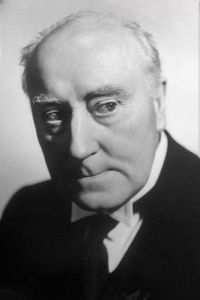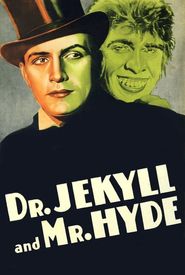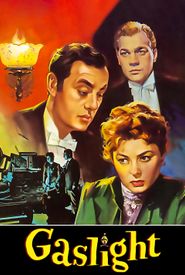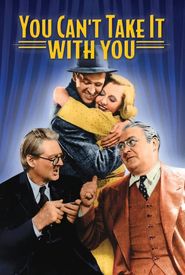Born at the birthplace of the renowned playwright William Shakespeare, Stratford-on-Avon, Halliwell Hobbes, it seems, was destined for a life on the stage. His inaugural performance in 1898 marked the beginning of a long and illustrious career, as he took to the boards alongside the esteemed acting company of Sir Frank Benson, touring England and playing alongside the likes of Mrs. Patrick Campbell and Ellen Terry.
Fast forward to 1906, Hobbes made his way to the American stage, where he continued to hone his craft, taking on various roles and even dabbling in directing. However, it was his move to Hollywood in 1929, as an elderly actor, that marked the beginning of a new chapter in his career. Initially, he seemed typecast, often playing the roles of lords, butlers, and the like. However, by 1931, his unique, dignified nasal voice had become in high demand, and he found himself lending his talents to nearly ten films per year throughout the 1930s.
As the years went by, Hobbes continued to adapt to the changing landscape of the film industry, moving from one studio to another, taking on a wide range of roles, from doctors and diplomats to lords and clerics. One of his most memorable performances came in 1937, when he played the staid archbishop in The Prince and the Pauper.
As the 1940s rolled around, Hobbes' roles began to dwindle, but he was back on Broadway by mid-decade, taking on the role of Capulet in Romeo and Juliet. By 1949, he had appeared in over 100 films, cementing his status as a dedicated and talented actor.
In the 1950s, Hobbes turned his attention to television, appearing in a range of roles on American TV playhouses, while continuing to perform on Broadway until late 1955. Although he was sometimes uncredited in films, his legacy as a talented actor remains, a testament to his dedication to his craft.





































































































